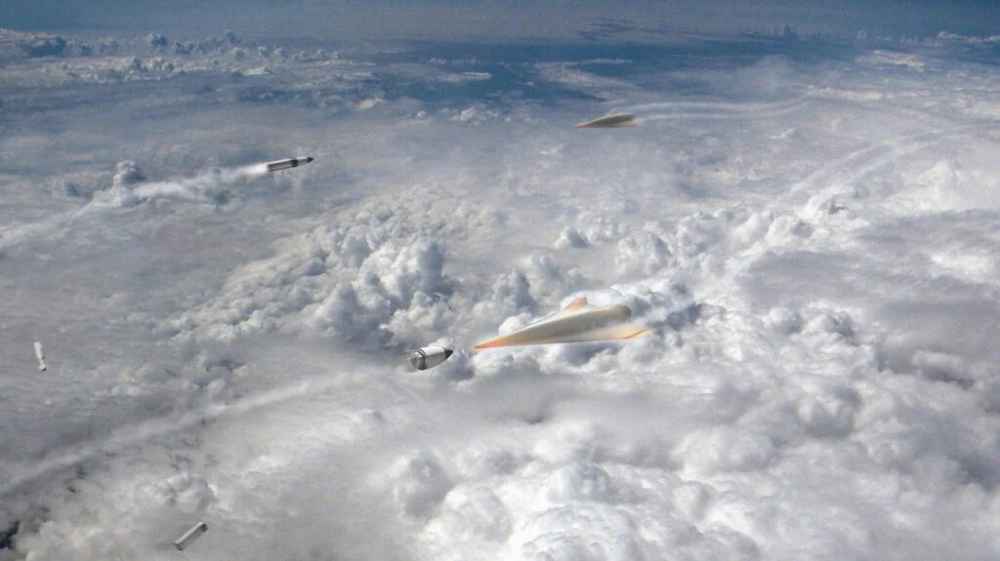This cutting-edge weapon system is designed Defense Advanced Research Projects Agency to thwart the highly agile class of armaments known as hypersonic glide vehicles, which execute rapid maneuvers while soaring unpowered through Earth’s atmosphere at speeds surpassing Mach 5.

The Defense Advanced Research Projects Agency (DARPA) has enlisted Boeing to spearhead the development and flight testing of its revolutionary Glide Breaker hypersonic interceptor
Gil Griffin, Executive Director of Boeing Phantom Works Advanced Weapons, emphasized the urgency of countering hypersonic threats, labeling them as one of the most perilous and swiftly advancing challenges to national security. The four-year partnership with Defense Advanced Research Projects Agency (DARPA) encompasses a comprehensive program involving wind tunnel trials, simulations, and flight assessments of the Glide Breaker prototype.
Boeing’s engagement with the Defense Advanced Research Projects Agency (DARPA) will finance simulations that assess Glide Breaker configurations through wind tunnel tests and computational fluid dynamics, which model the interaction between air and the interceptor. Furthermore, Boeing will scrutinize the impact of the jet thrusters on Glide Breaker’s aerodynamic performance as they engages to guide the vehicle for intercepting and neutralizing hypersonic threats in motion.
Given that Glide Breaker confronts emerging technologies distinct from conventional weapon systems, Boeing will employ simulations to replicate interactions between air and interceptor at extreme speeds and altitudes. Griffin underscored the technical challenges, noting they operate at the forefront of intercepting rapidly moving objects in a highly dynamic environment.
A Pentagon announcement on September 8 disclosed the value of Boeing’s development agreement with the Defense Advanced Research Projects Agency (DARPA), pegged at $70,554,525
While the Defense Advanced Research Projects Agency (DARPA) has released a few conceptual images, specifics about Glide Breaker’s final design and capabilities remain undisclosed on the agency’s official page.
Boeing asserts that this Phase 2 contract lays the groundwork for future operational glide-phase interceptors, poised to counteract the evolving threat posed by hypersonic glide vehicles. In 2020, aerospace contractor Aerojet Rocketdyne secured an initial Phase 1 contract, valued at nearly $20 million, to pioneer “enabling technologies” for Glide Breaker. Phase 2 contract solicitations, culminating in Boeing’s recent award, were initiated in 2022.
READ ALSO: New Hubble Image Unveils Stunning Splendor Of Terzan 12 Globular Cluster




